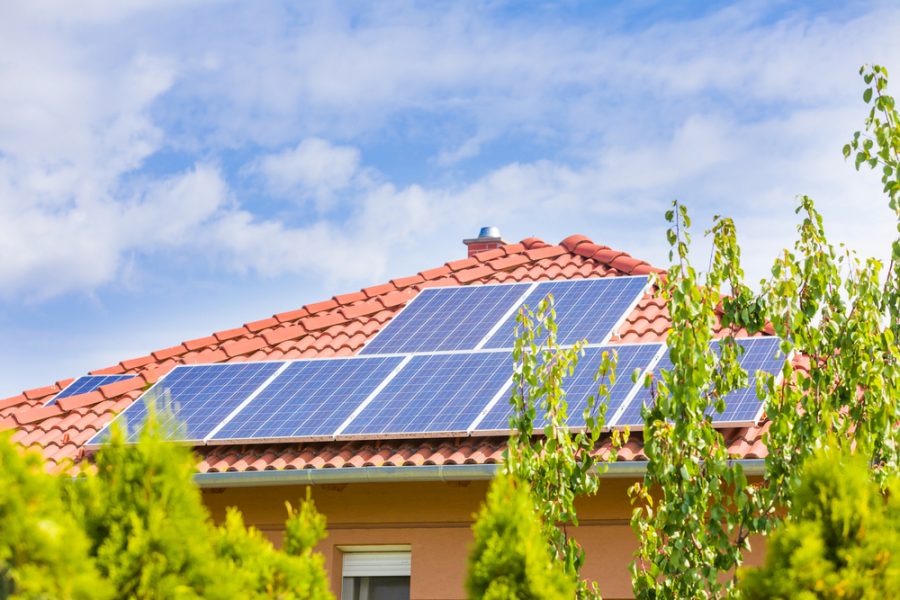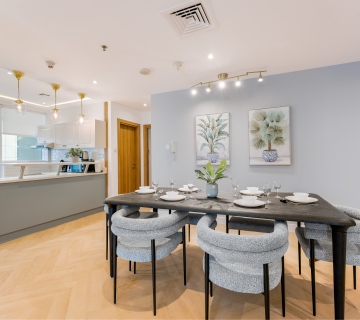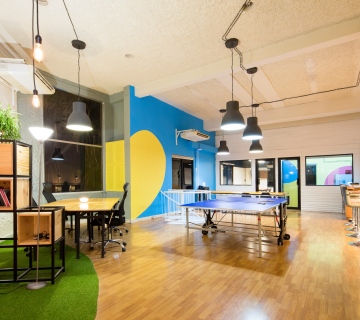Green construction has slowly become popular in the last 10 years as building planners strive to decrease energy expenses and counterbalance the impacts of construction practices on the environment. One of the most vital components in green construction is the installation of a sustainable roof.
The Difference Between a Sustainable Roof from a Regular One
Roofs largely contribute to the energy consumption of a building. Regular roofs face the challenge of improving solar reflectance in order to control the heat that enters the building. A sustainable roof optimizes energy usage by incorporating greenery or vegetation onto the structure of the roof. It also has a waterproofing membrane and growing medium such as soil as part of its structure.
Types of Sustainable Roofs
- Extensive
This type of sustainable roof utilizes less than 6 inches of soil, which makes the roof structure flexible and lightweight. It is less expensive and doesn’t need much maintenance. However, the type of vegetation you can use for this roof is limited.
- Intensive
An intensive sustainable roof uses more than 6 inches of soil. It has more stringent requirements in terms of structure and maintenance since the roof needs to bear heavier weight.
Why is a Sustainable Roof Beneficial?
- Decreased cooling loads
An increase in temperature in the area will create significantly huge energy demands. Using sustainable roofs will decrease the amount of sunlight being absorbed by the roof. The vegetation in a sustainable roof serves as a natural cooling mechanism to minimize the energy demand of a building.
- Reduced Runoff of Storm Water
Highly urbanized areas lack in undeveloped land, which causes an issue in curbing the runoff of storm water. Storm water runoff has a significant effect on the environment and sewage conveyance, especially if the storm water contains suspended solids and pollutants. The vegetation of a sustainable roof improves the quality and quantity of the storm water.
- Improved Quality of Air
Vegetation absorbs dust, pollutants, and greenhouse gases like carbon dioxide. You can be assured of living in an environment where the air you breathe is much cleaner.
- Longer Roof Life Span
A sustainable roof gives extra protection in the roof structure of your building. It can withstand mechanical damage and ultraviolet radiation more than a regular roof. There are less reasons to replace a sustainable roof compared to a regular roof.
As buildings start to follow green construction standards, the demand for sustainable roofs will also continue to increase. Consult an expert roofer if you want to make the environmentally responsible move of switching to sustainable roofing!
Written by True Son Exteriors, the best contractor for roofing in Columbia, MO.





